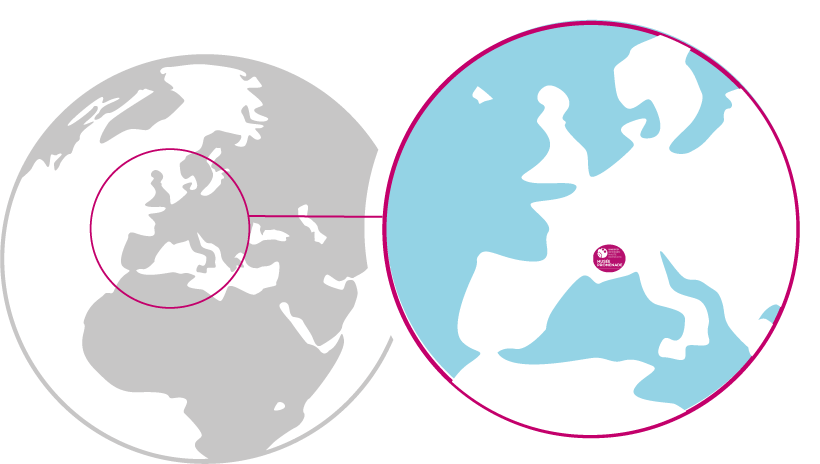This monumental inscription was probably carved into the rock in the second quarter of the 5th century. It attests to the following fact: Dardanus, an estemmed, illustrious man of the Roman Empire, provided a safe and viable path to his estate of Theopolis by carving out the sides of the mountain and, for the safety of all, he provided Theopolis with walls and gates. The name of the estate is an old Greek form of the title of Saint Augustine's work De Civitate Dei, (The City of God), begun in 413. This name refers to Dardanus's conversion to Christianity, which is attested to by two letters sent to him by Saint Augustine and Saint Jerome.
Saint Augustine was also one of the first authors to attempt to define the concept of time.
Nothing is known about the extent and function of the Theopolis estate. It could have been a villa, a large agricultural estate, a fortified refuge or a small religious centre. The location of Theopolis is currently unknown, but access to the estate must certainly have been via the Via Domitia which ran alongside the Durance river and then up the course of the Jabron river via Entrepierres.





